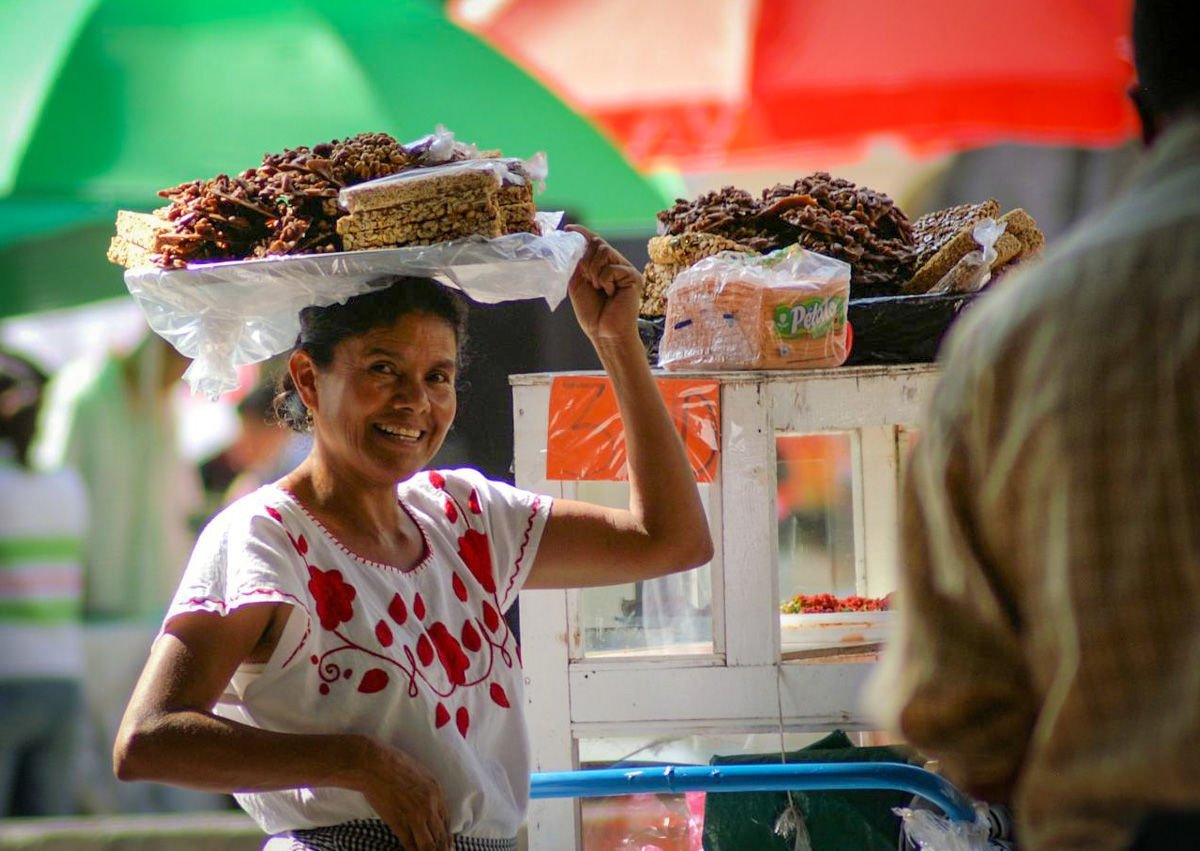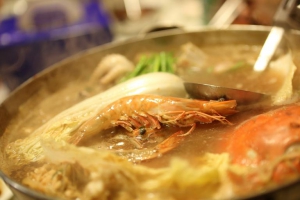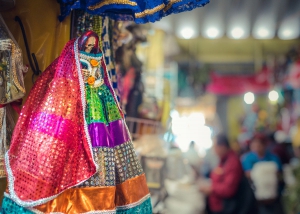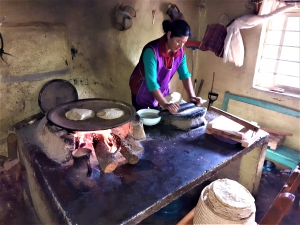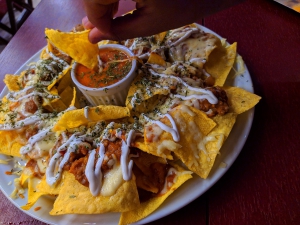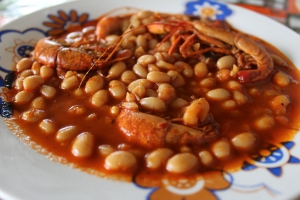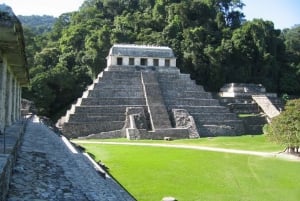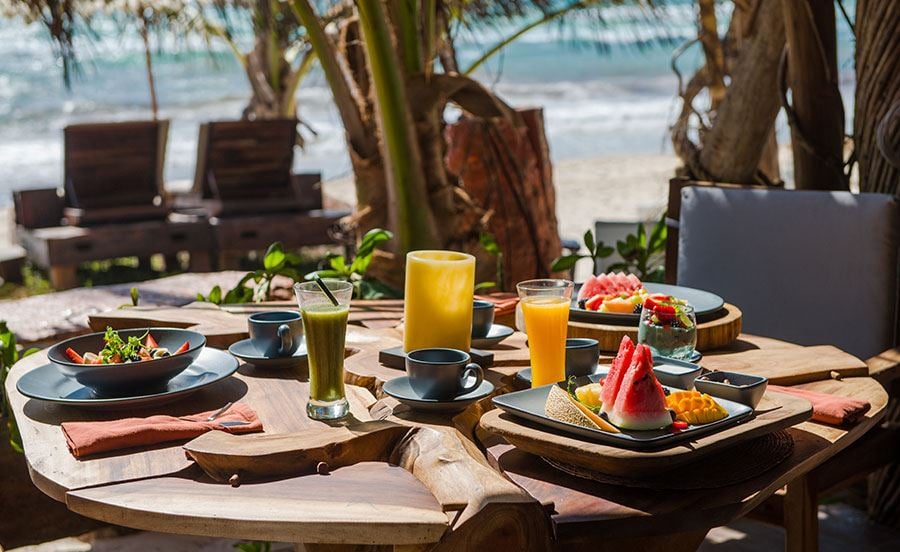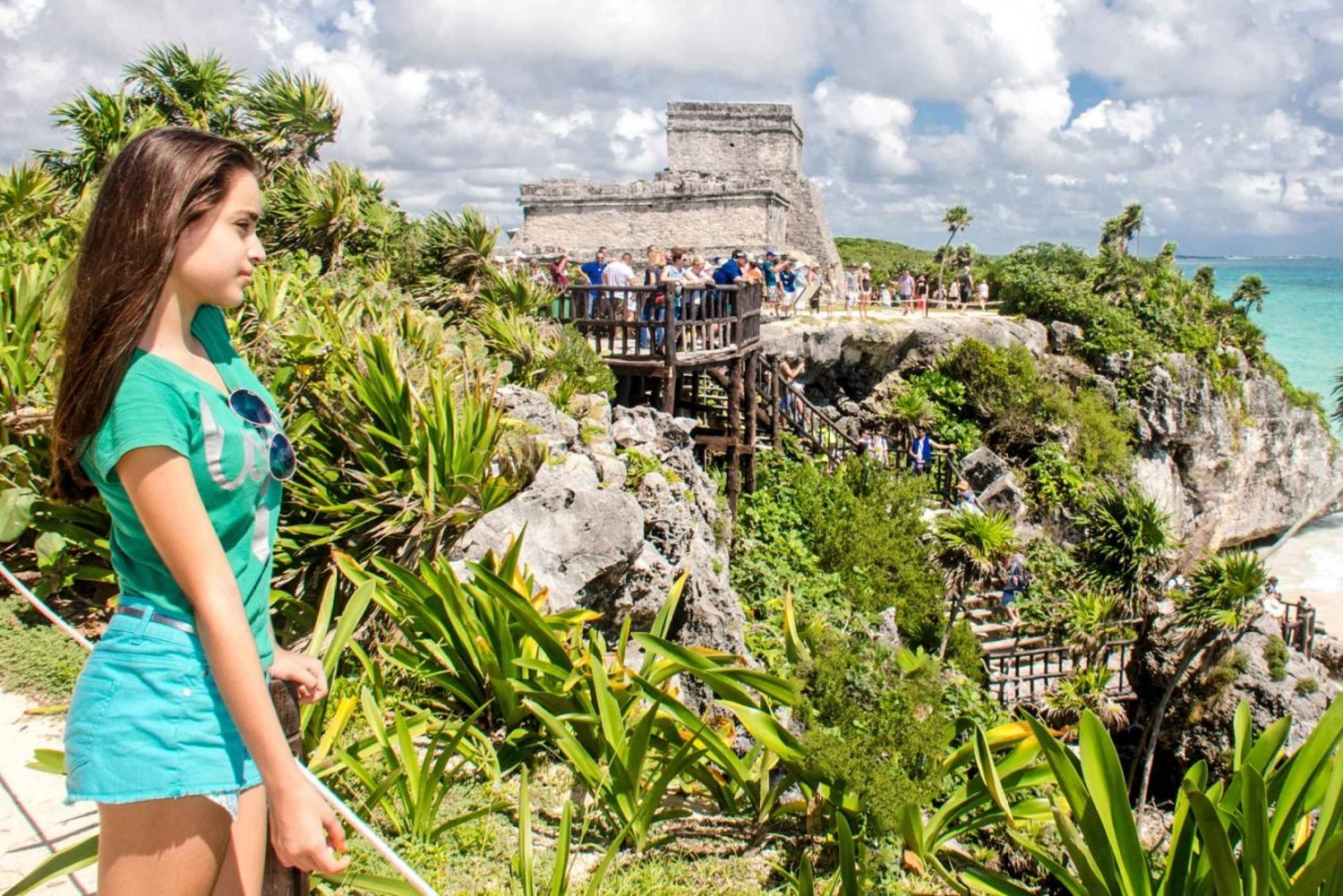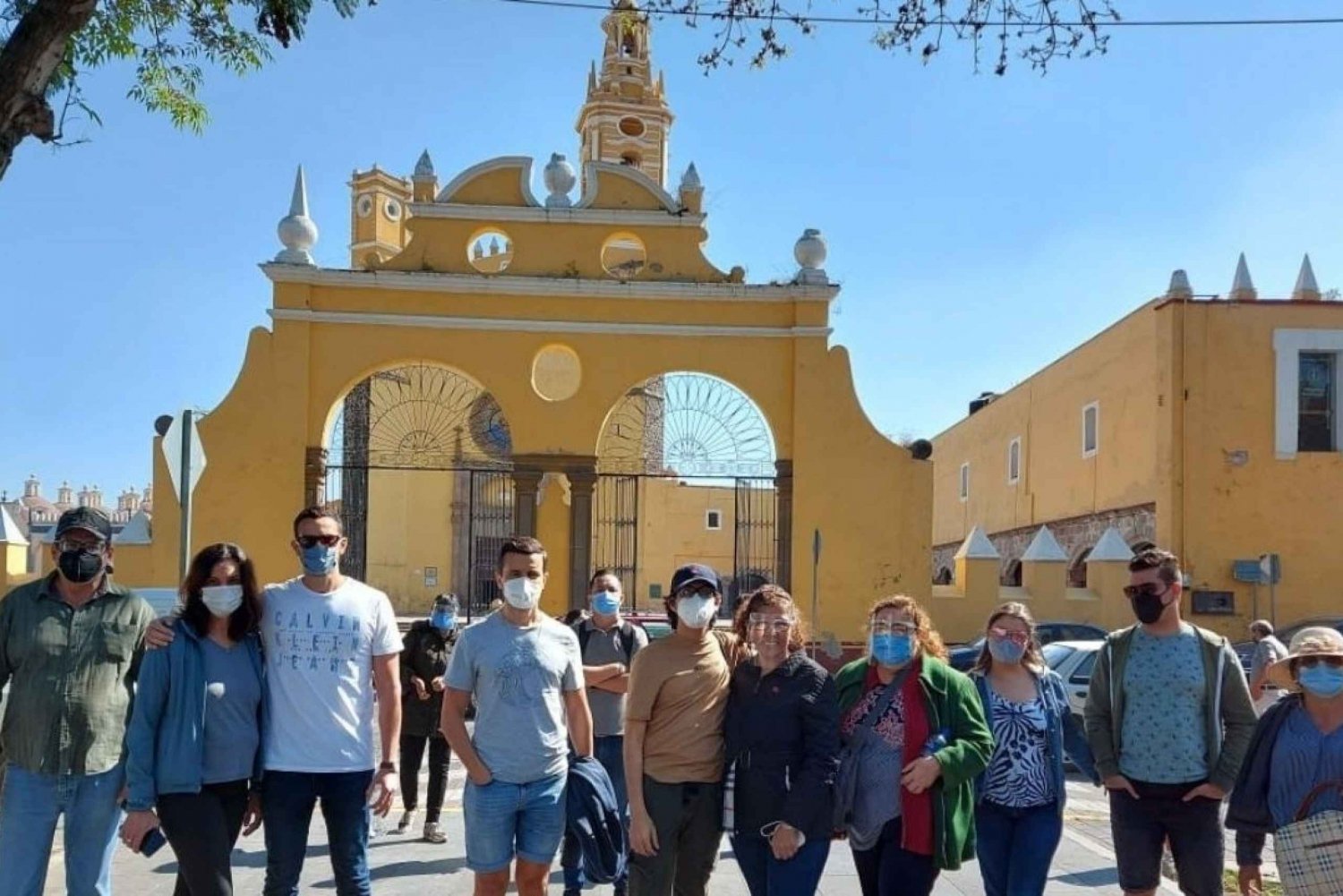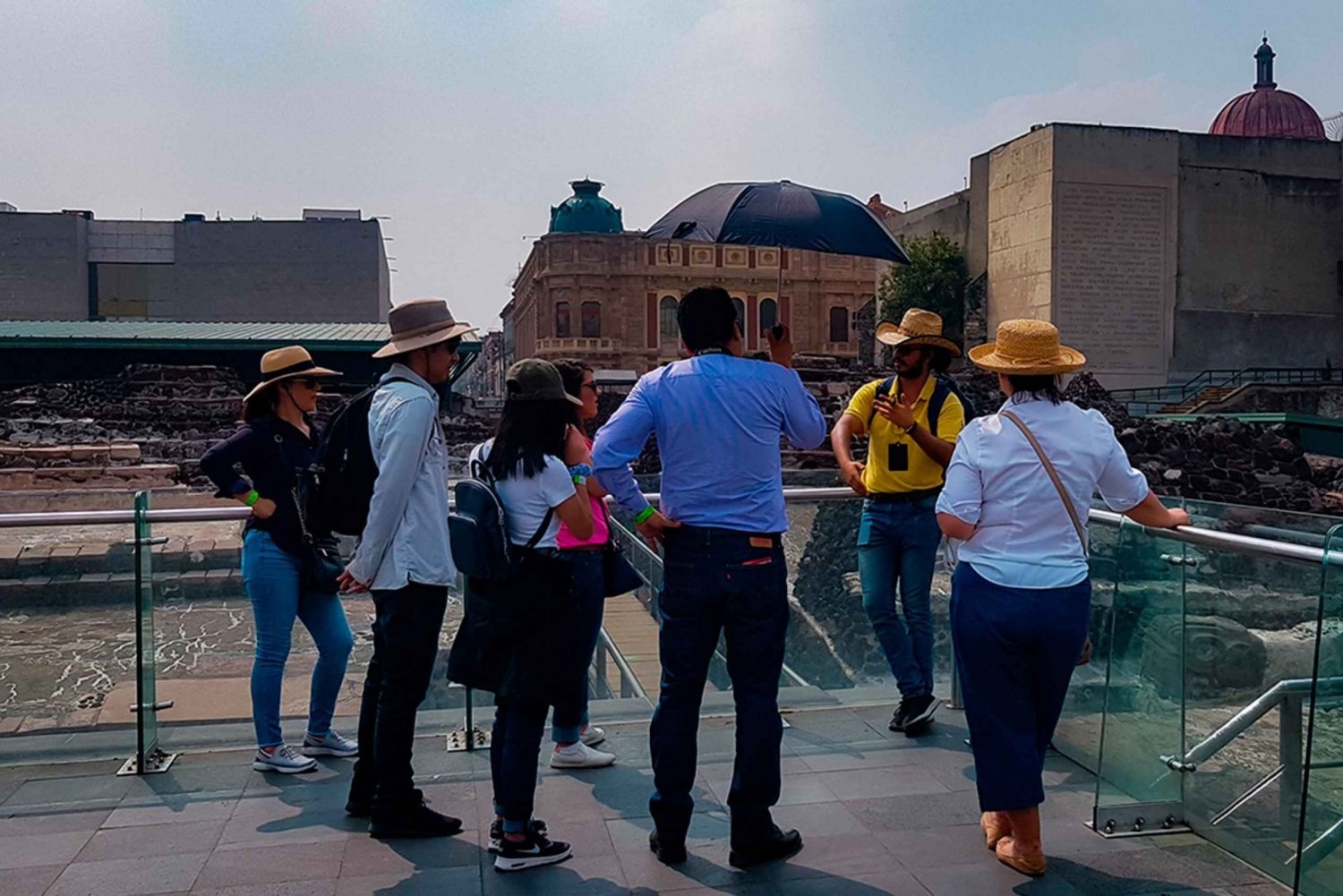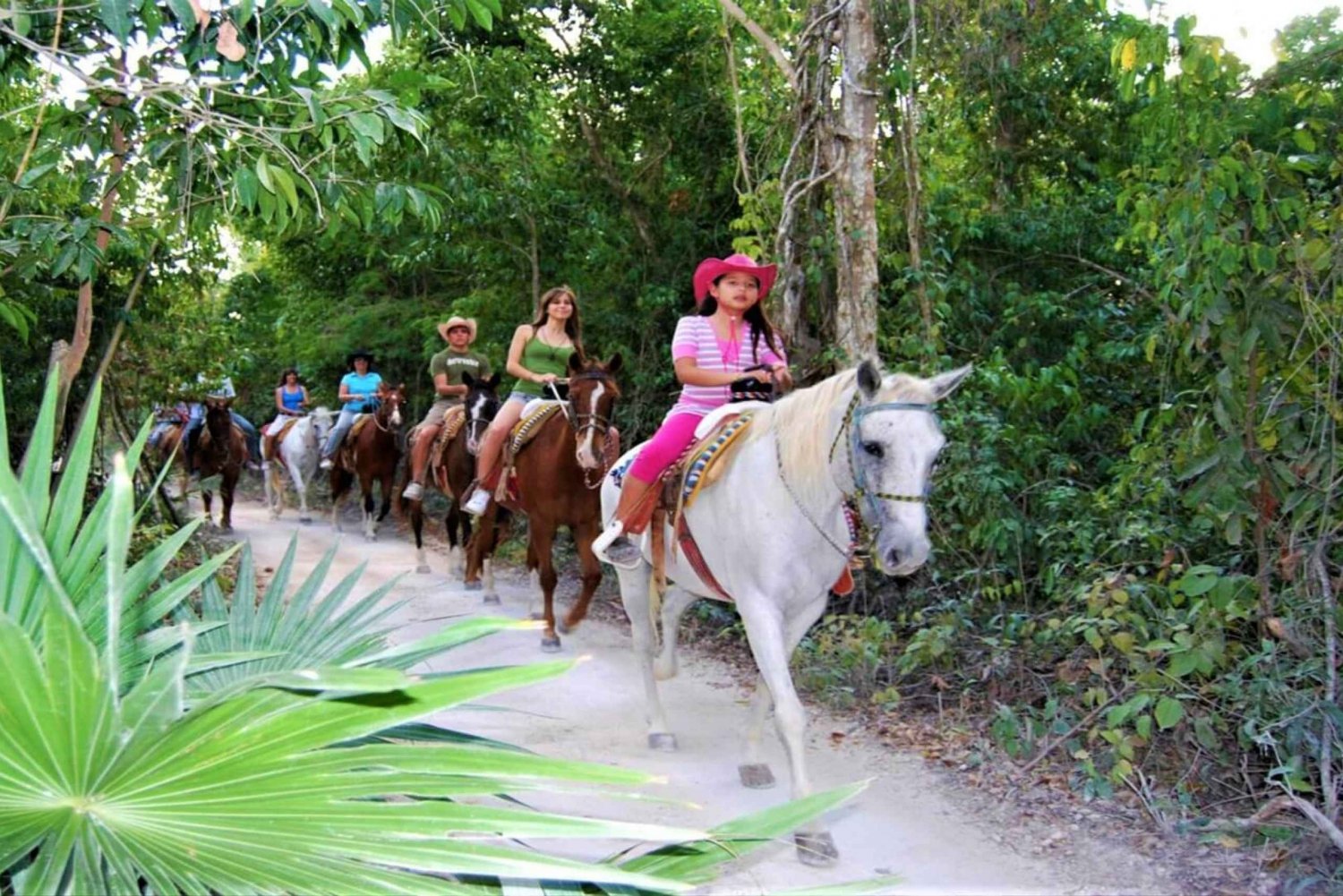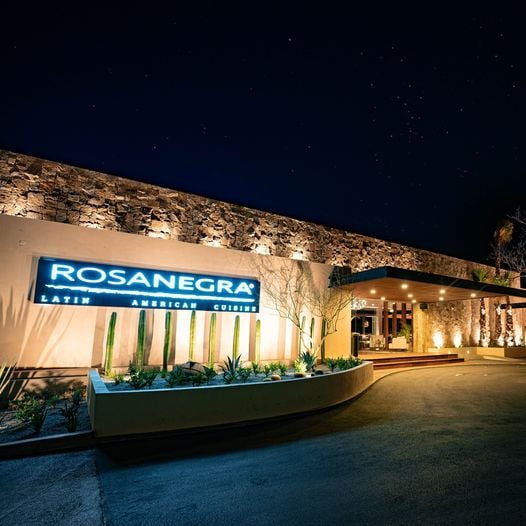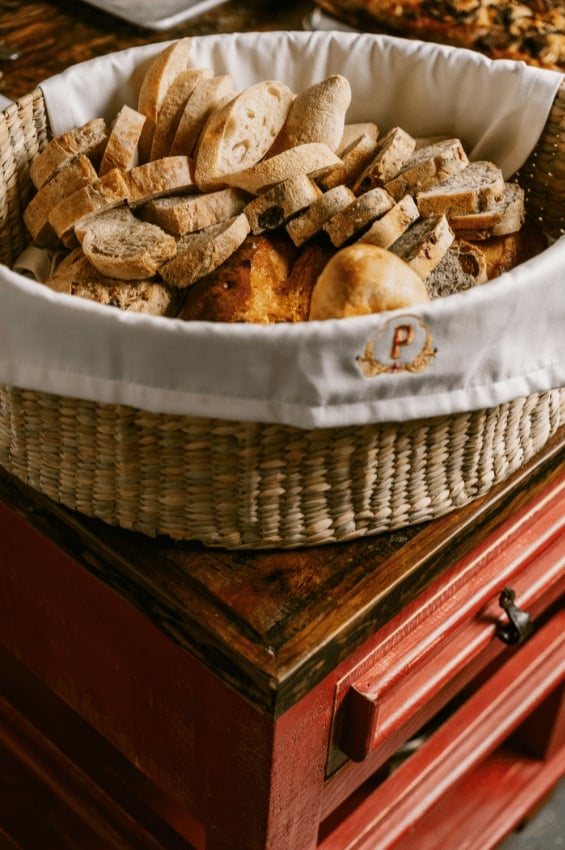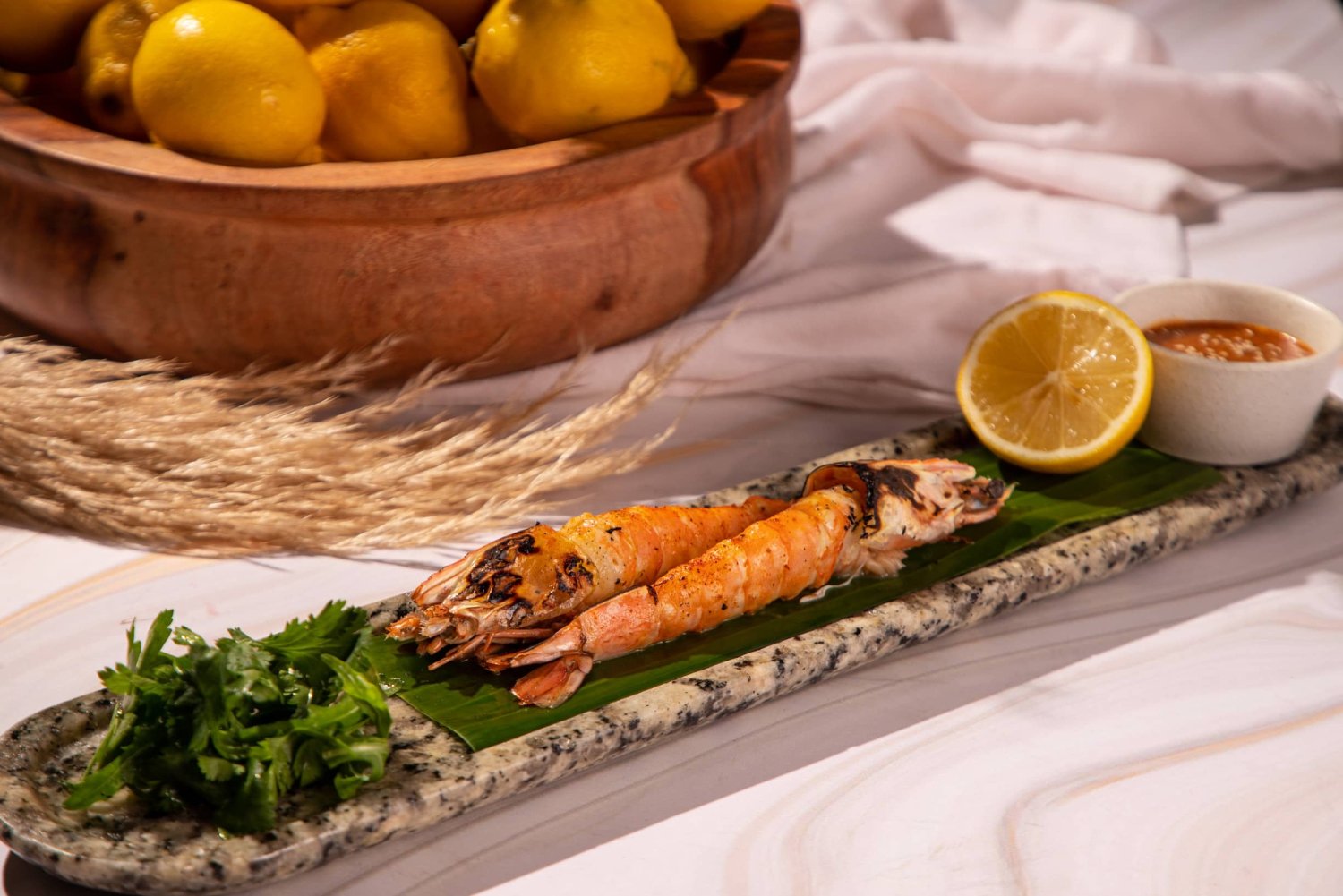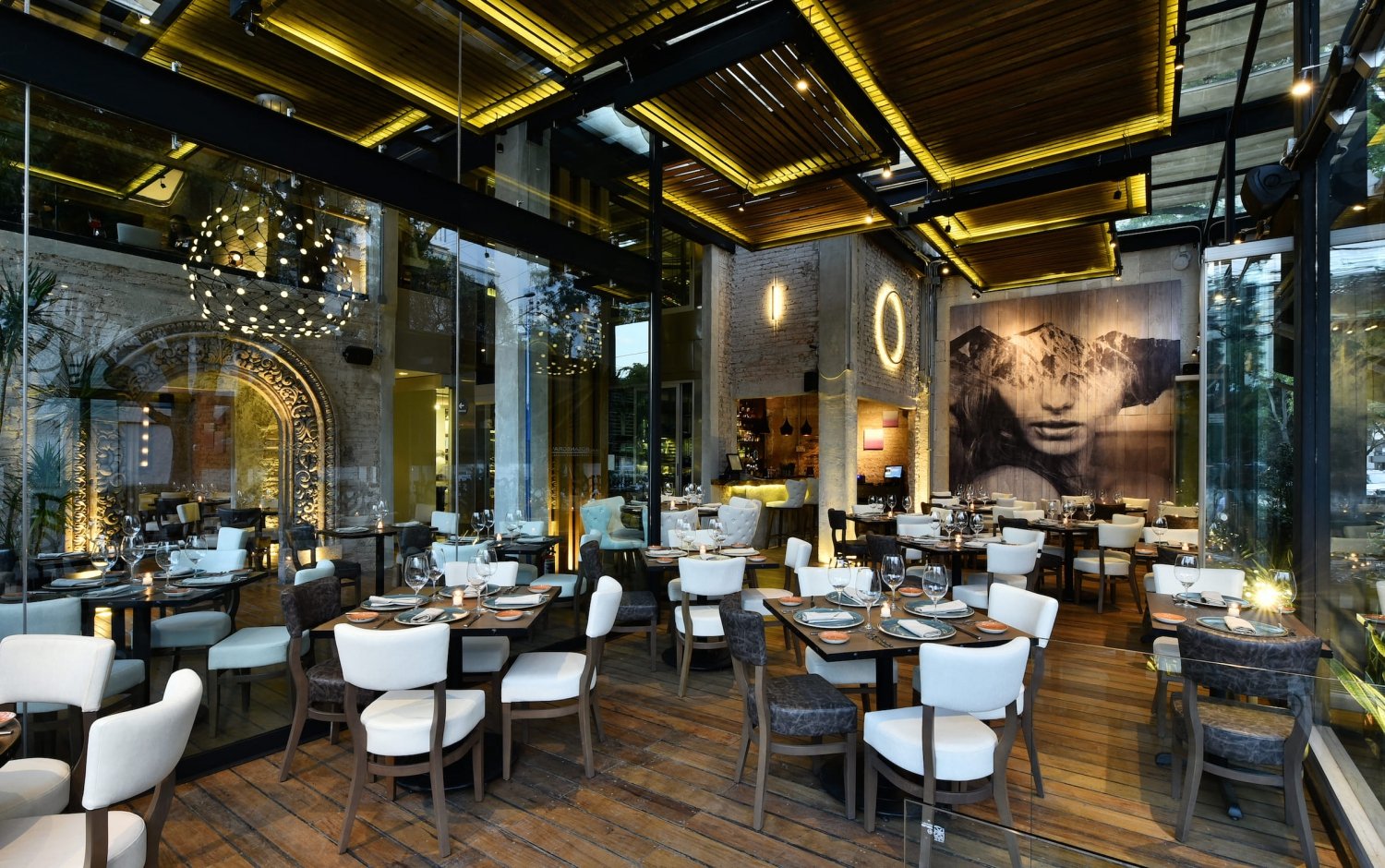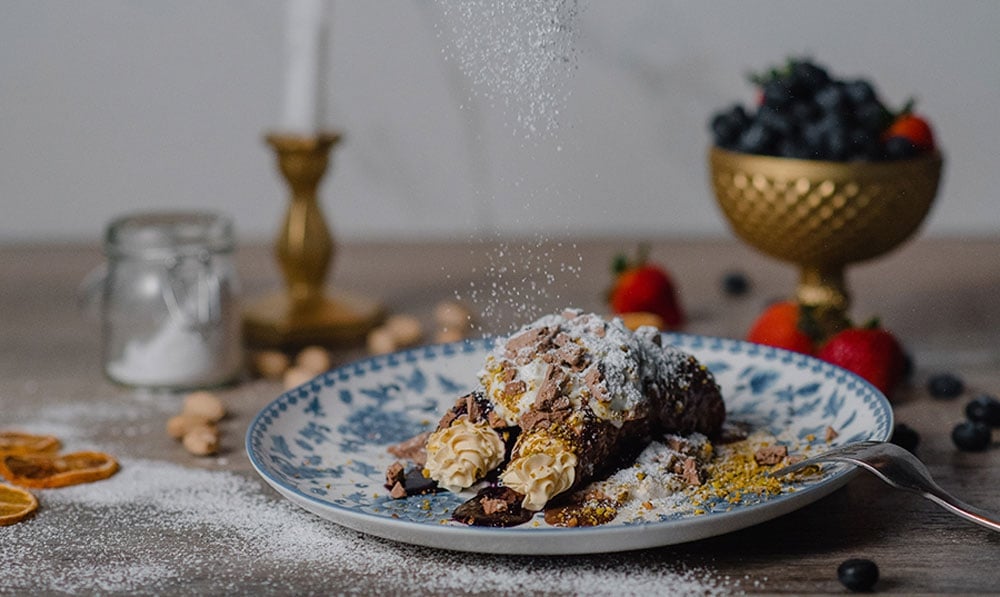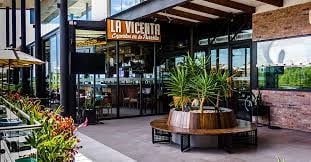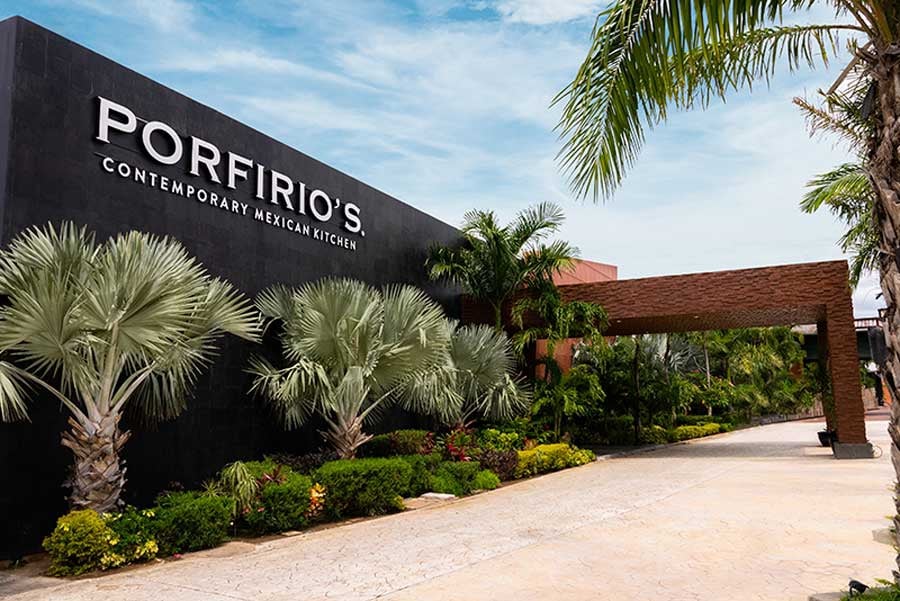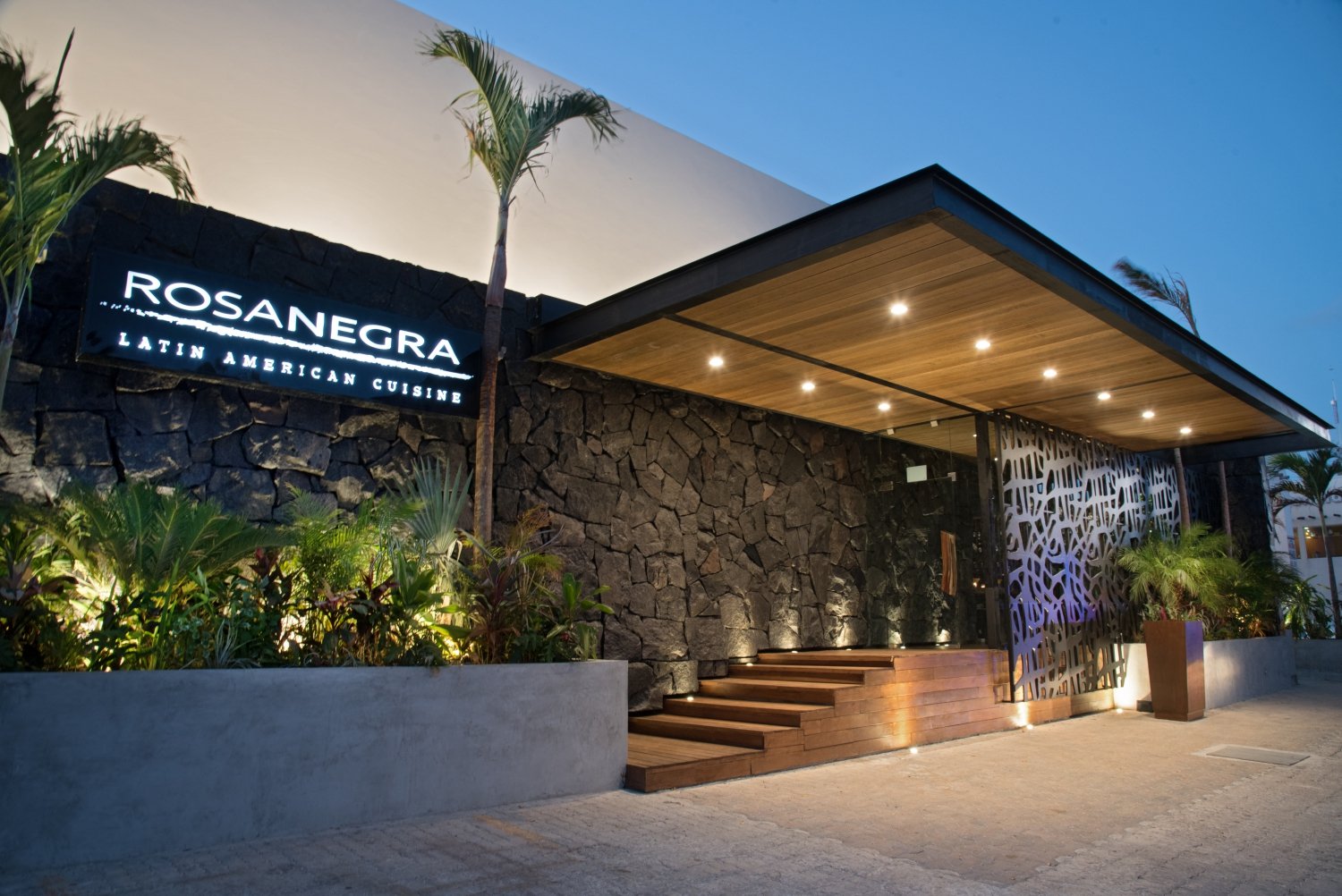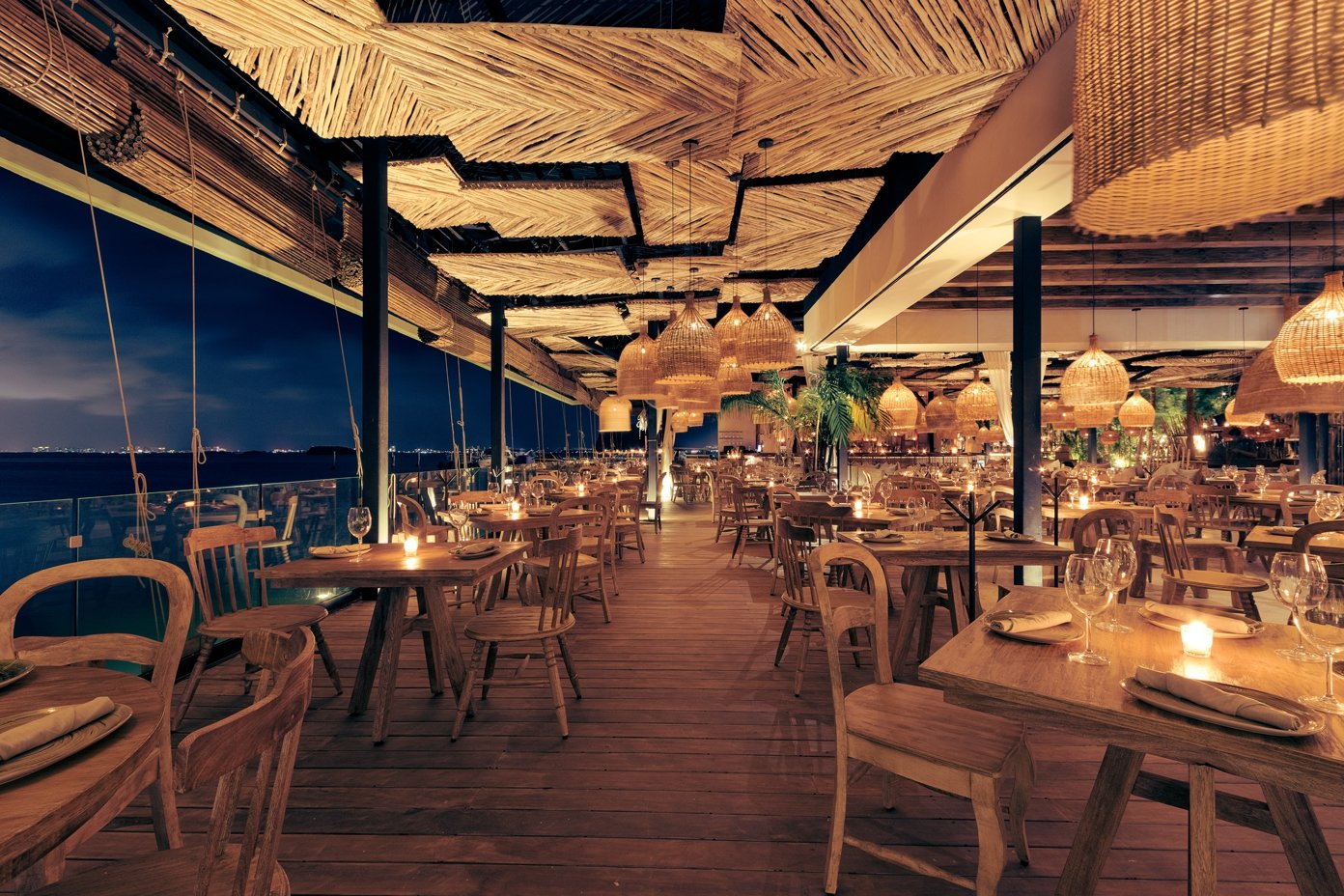Mexican cuisine - pozole and other delicacies
No Sunday, feast day or Christmas in Mexico is complete without pozole. This quasi-soup has become a symbol of local home cooking, the main meal prepared for various occasions, including weddings, christenings and first communions.
Book Top Experiences and Tours in Mexico:
If youʻre booking your trip to Mexico last minute, we have you covered. Below are some of the top tours and experiences!- Sumidero Canyon Excursion from San Cristobal de las Casas
- Riviera Maya/Cancun: Chichen Itza, Cenote & Valladolid Tour
- From Panama City: 4 San Blas Islands Day Trip with Lunch
- From San Cristóbal: Agua Azul and Palenque Day Trip
- Cancun: Jungle Tour Adventure with Speedboat and Snorkeling
A divine recipe
On a plate of pozole you can read the history of Mexico, a cross-section of its society and culture. The most important thing is the corn. The Aztecs believed that their ancestors were made of corncakes and that neither man without corncakes nor corn without man can survive. In pre-Columbian beliefs, man and corn were one. In the same way, they died in order to be reborn and to survive through successive generations. Human feelings were attributed to maize. Therefore, in order to relieve its fear of being cooked, words of reassurance were lifted to the lips and whispered on the cobs. To this day, Mexicans prepare it according to a divine recipe. The blood of the gods has been replaced by water with lime. The corn kernels are soaked in it. In this way the inhabitants of pre-Columbian Mexico, where milk, cows and cheese were unknown, were able to consume the right amount of minerals. Corn prepared in this way does not require long cooking and retains its vitamins. It is used to make a side dish for pozole, nixtamal - dough for tortillas, i.e. round cakes baked on a sheet pan. The maize that is used here is called "cacahuazintle". It's a special, very old species with thicker, white kernels. When it is overcooked, the kernels burst, releasing foam on the surface of the water. Hence the name of the dish - "foaming". It comes from the Nahuatl language. The word "pozoni" means "to cook in a clay pot" and "pozonalli" means "foaming".
The dish of the poor
In pre-Columbian Mexico, pozole was most widespread on the Pacific coast, among the Indians living in the Jalisco, Acapulco and Guerrero areas. Spaniards who travelled along the Tobasco River said that the locals served them a dish that was a thick soup with a sweet taste of corn, with pieces of crawfish, hot peppers and slices of avocado. Today such a recipe would be impossible, too expensive. Pozole is by nature a dish of "del pueblo", that is, of simple and poor people. We do not know what it was really like in Aztec times. Lobsters and river prawns were their daily dish. But at that time, oregano, onions, lettuce and even pork were unknown on the American continent, which is what makes the dish look like it is today. The Spanish brought bread, garlic, vegetables, oil and pigs to Mexico, which they raised in Cuba to supply the conquistadors with food. Indian cooks knew no pork or chicken, cabbage and vegetables. In time, these too found their way into the pot of pozole. Tomatoes and chili peppers survived. Modern Mexicans cook pigs' heads for pozole. In many restaurants they are put on the plate by hand. They ceremonially suck the meat from the snouts and ears. This is why pozole is said to be a "comida completa" - a complete dish. It is a food that combines the richness of two worlds - old, traditional and Spanish with European simplicity.


